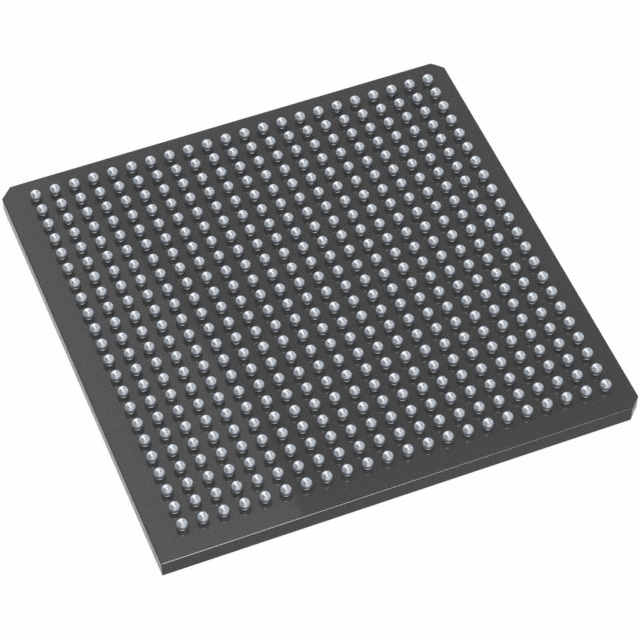M2S060TS-1FGG484T2
Manufacturer No:
M2S060TS-1FGG484T2
Manufacturer:
Description:
IC SOC CORTEX-M3 166MHZ 484FBGA
Datasheet:
Delivery:





Payment:




In Stock : 0
Please send RFQ , we will respond immediately.









M2S060TS-1FGG484T2 Specifications
-
TypeParameter
-
Supplier Device Package484-FPBGA (23x23)
-
Package / Case484-BGA
-
Operating Temperature-40°C ~ 125°C (TJ)
-
Primary AttributesFPGA - 60K Logic Modules
-
Speed166MHz
-
ConnectivityCANbus, Ethernet, I²C, SPI, UART/USART, USB
-
PeripheralsDDR, PCIe, SERDES
-
RAM Size64KB
-
Flash Size256KB
-
Core ProcessorARM® Cortex®-M3
-
ArchitectureMCU, FPGA
-
PackagingTray
-
Product StatusActive
-
SeriesAutomotive, AEC-Q100, SmartFusion®2
The MQ80386-16 integrated circuit chips, also known as Intel 80386 microprocessors, were introduced in the late 1980s and offered significant advancements over their predecessors. Here are some advantages and application scenarios of these chips:Advantages: 1. Enhanced Performance: The 80386 chips provided a significant performance boost compared to earlier processors. They featured a 32-bit architecture, which allowed for faster data processing and improved multitasking capabilities.2. Protected Mode: The 80386 chips introduced a protected mode of operation, which provided better memory management and protection against software errors. This allowed for the development of more robust and secure operating systems.3. Virtual Memory Support: The chips supported virtual memory, enabling larger addressable memory space and efficient memory management. This was crucial for applications that required extensive memory usage, such as scientific simulations or database management systems.4. Improved Instruction Set: The 80386 chips introduced new instructions and improved existing ones, making them more efficient and versatile. This allowed for better software optimization and improved performance in specific applications.Application Scenarios: 1. Personal Computers: The 80386 chips were widely used in personal computers, providing a significant performance boost for tasks like gaming, multimedia, and software development. They enabled the use of more advanced operating systems like Windows 3.1 and OS/2.2. Workstations and Servers: The enhanced performance and memory management capabilities of the 80386 chips made them suitable for workstation and server applications. They could handle demanding tasks like CAD/CAM, scientific simulations, and network servers.3. Embedded Systems: The 80386 chips found applications in embedded systems that required higher processing power and memory. They were used in industrial control systems, medical equipment, and telecommunications devices.4. Military and Aerospace: The 80386 chips were utilized in military and aerospace applications that required reliable and high-performance computing. They were used in radar systems, flight simulators, and missile guidance systems.Overall, the advantages of the MQ80386-16 integrated circuit chips, such as enhanced performance, protected mode, virtual memory support, and improved instruction set, made them suitable for a wide range of applications, from personal computers to embedded systems and critical military/aerospace systems.
M2S060TS-1FGG484T2 Relevant information
-
TA7S20-60GI
Analog Devices Inc. -
QN9020/DY
Hittite -
CY8C21534-PVXE
Cypress Semiconductor Corp -
CY8C21434A24LTXIKC
Cypress Semiconductor Corp -
CY8C21534-12PVXET
Cypress Semiconductor Corp -
TA7S20-60GI
Analog Devices Inc. -
SAF3604EL/V3040AY
NXP USA Inc. -
SAF3604EL/V3040BY
NXP USA Inc. -
SAF3604EL/V3040BK
NXP USA Inc. -
SAF3604EL/V3040AK
NXP USA Inc.







